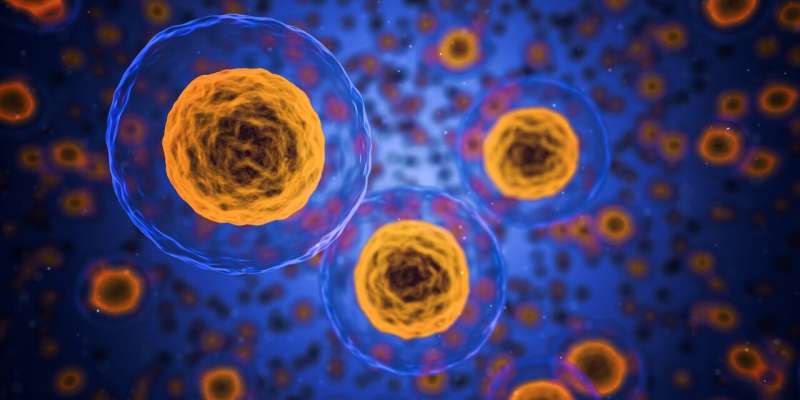How Modified RNA Evades the Body's Innate Immune Defense

Discover how modifications like pseudouridine in RNA help evade immune detection, enabling the development of effective mRNA vaccines and therapeutics. Research from LMU Munich reveals the molecular mechanisms behind this immune evasion, paving the way for advanced RNA-based medicines.
The body's innate immune system acts as the first responder to invading pathogens, such as viruses and bacteria. A crucial aspect of this defense involves pattern recognition receptors, which identify non-self RNA and activate immune responses. Researchers from Ludwig Maximilian University of Munich, led by immunologist Professor Veit Hornung and chemist Professor Thomas Carell, have uncovered how certain modifications to synthetic RNA allow it to evade immune detection, a discovery bearing significant implications for RNA-based therapeutics and vaccines.
The key players in recognizing foreign RNA are toll-like receptors TLR7 and TLR8, located within cellular compartments called endolysosomes. For these receptors to detect RNA, the RNA must first be processed by specific enzymes. The new study shows that when RNA contains pseudouridine, a natural modification in cellular RNA, it resists breakdown by these lysosomal enzymes. As a result, the pseudouridine-containing RNA fragments are less likely to be recognized by TLR7 and TLR8, preventing an immune response.
Founded on prior discoveries from 2005 that pseudouridine in synthetic mRNA diminishes immune activation, this research mechanistically explains how modified RNA achieves this effect. For example, many COVID-19 mRNA vaccines use N1-methylpseudouridine to avoid triggering immune receptors, which helps prevent excessive inflammation and enhances vaccine efficacy.
These findings not only deepen our understanding of immune recognition but also open paths for designing targeted RNA therapeutics. They elucidate why the body's own RNA remains unrecognized and how modifications like pseudouridine contribute to immune evasion. Ongoing research aims to further explore the role such modifications play in natural immune processes and their potential for future medical applications.
Stay Updated with Mia's Feed
Get the latest health & wellness insights delivered straight to your inbox.
Related Articles
New Study Finds Pepto Bismol May Not Prevent Traveler's Diarrhea
A new CDC study shows that Pepto Bismol may not effectively prevent traveler's diarrhea, prompting a re-evaluation of its preventive use during international trips.
Revolutionizing Eye Care: Innovative Approaches for a Brighter Vision Future
Kruti Naik from Wits University is developing cutting-edge microneedle and nanomedicine technologies to improve eye infection treatment, offering safer, more effective solutions to prevent blindness globally.
Psychological Stress as a Risk Factor for Heart Disease and Stroke
New research reveals that psychological stress may increase blood pressure and heighten the risk of heart disease and stroke, emphasizing the importance of stress management for cardiovascular health.
Innovative Cell Therapy Shows Promise in Treating ALS Patients
A novel cell therapy developed by Dr. Parmar shows promising safety and efficacy for ALS and other diseases, opening new horizons in regenerative medicine.



